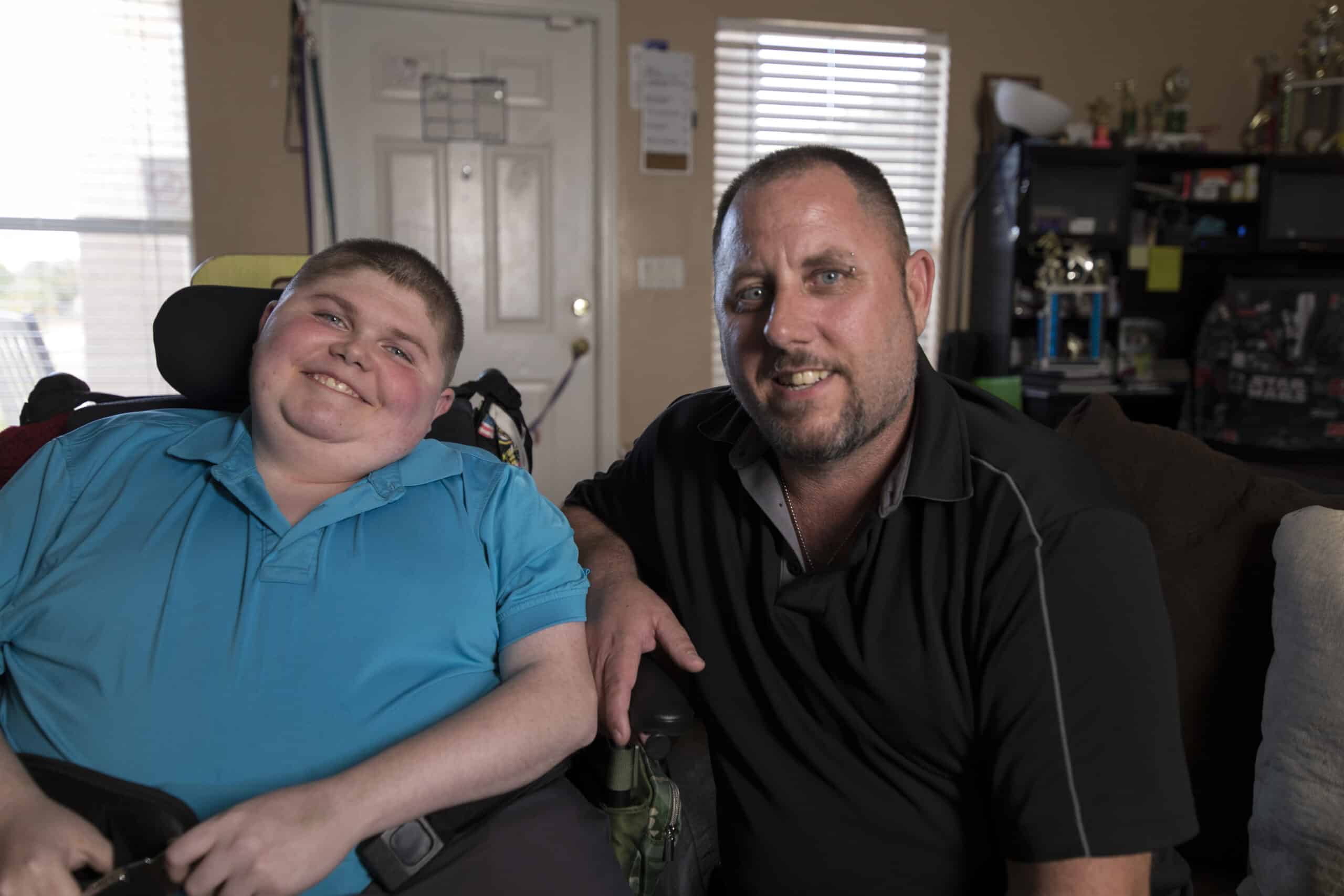About Orsini
Orsini Patient Stories
Every patient’s experience with a rare and/or chronic disease is unique and personal. Some of our patients have chosen to share their journey to provide perspective to other individuals and families with the same condition.










